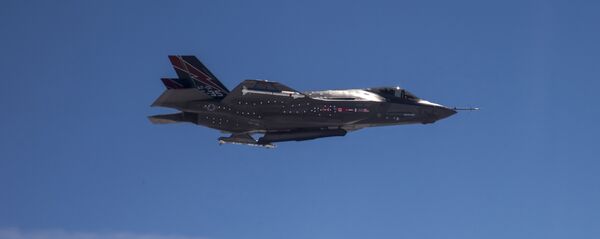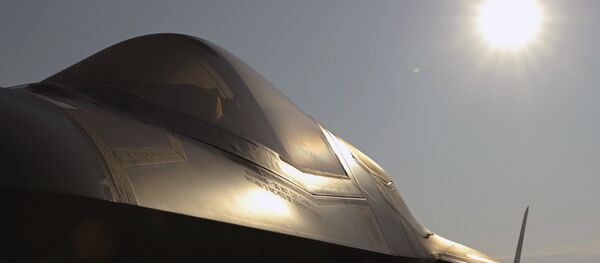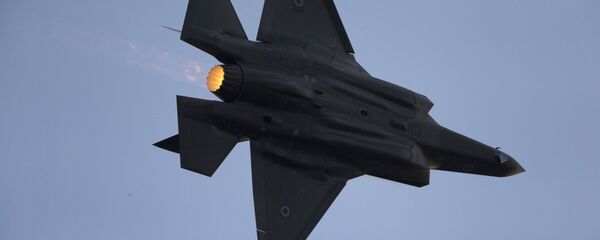In 2011, Japan announced the purchase of 42 F-35As, most of which will be built domestically by Mitsubishi. The F-35 A has a conventional landing mechanism, while the B has STOVL capabilities at the cost of about a third of its fuel volume. Lockheed Martin describes the F-35B as being "designed to operate from austere bases and a range of air-capable ships near front-line combat zones. It can also take off and land conventionally from longer runways on major bases."
Article 9 of the postwar Japanese constitution prohibits Japan from maintaining an offensive military force — and aircraft carriers are generally classified as just that. However, the Japan Maritime Self Defense Forces (JMSDF) has a quartet of "helicopter destroyers," which look much like small aircraft carriers and serve a similar function in wartime.
Tokyo has argued that the helicopter carriers are defensive weapons as they are not equipped with offensive warplanes such as attack aircraft or strategic bombers. Their Izumo-class carrier is over 800 feet long and carries as many as 14 helicopters, and Japan commissioned their second ship of the class earlier in 2017.
Japanese Defense Minister Itsunori Onodera told reporters that his country would "constantly review our defence abilities from various perspectives." When asked if there were any plans to modify an Izumo into an aircraft carrier that could be equipped with attack aircraft, Onodera denied that any "specific efforts" were being made.
"No concrete examination is under way on the introduction of F-35B or remodelling of Izumo-class destroyers," he told reporters on Tuesday.
The expansion of Japan's military force has come hand-in-hand with an emergent China, which Reuters reported has increased defense spending from about $10 billion in 1997 to $150 billion just 20 years later. The two nations currently are embroiled in a territory dispute over islands in the East China Sea.
Tensions between Japan and North Korea have also reached skyhigh levels, with the Hermit Kingdom testing numerous missiles in 2017, including several that passed over Japan. They have also threatened the archipelago with nuclear annihilation on several occasions.
However, the F-35B interest may not be related to Tokyo's interest in an aircraft carrier. There is only one runway beyond the southern island of Okinawa that is long enough for fighter jets to take off or land from, but a 1971 accord prevents the Self Defense Forces from using that airport for military aircraft.
A STOVL-capable fighter, on the other hand, could land on a much shorter runway due to its ability to drop down vertically. This would expand Japan's projection of fighter jets to small islands beyond Okinawa, including disputed island territories also claimed by China.
Japanese Prime Minister Shinzo Abe has made the repeal of Article 9 and the rearmament of Japan as an offensive military power a landmark objective of his new term. However, the Japanese Constitution has never been amended before and public opposition to such an amendment remains substantial.





